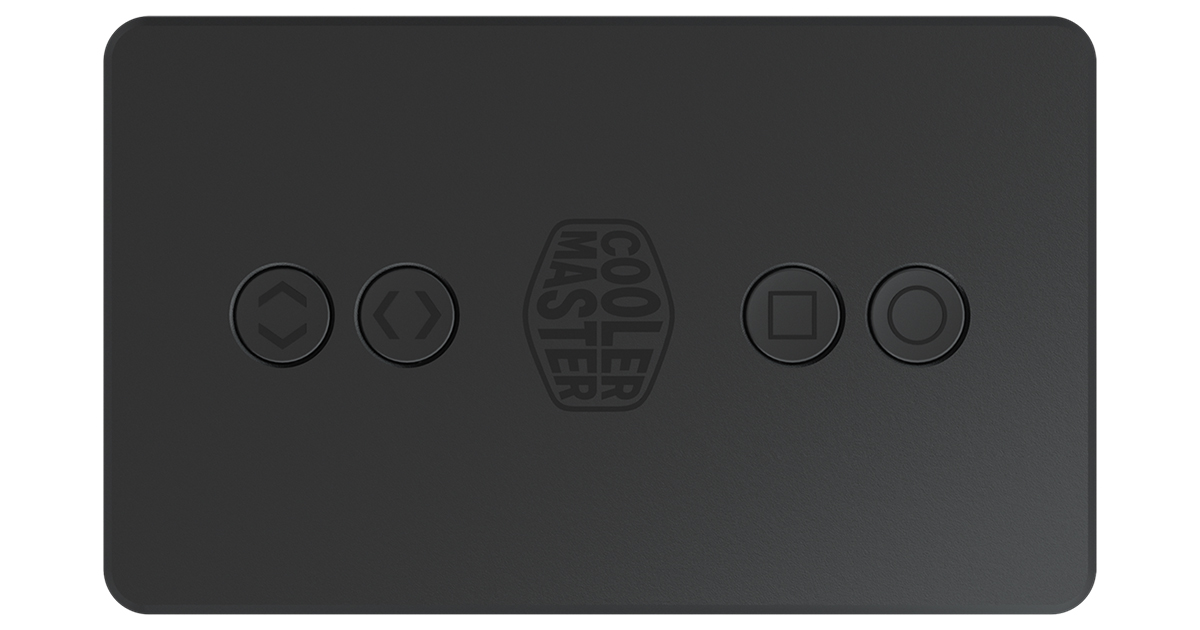From your post it appears you already HAVE installed some fans with lights in their frames. First questions are: how many, and which type? As Karadjgne has explained above, such units really are two devices in one - a fan motor, and lights. Each should have it own separate cable and connector, unless you bought a system with proprietary connections. If there are two cables per fan, one will have the smaller standard female (with holes) connector to plug into mobo fan headers. The other, also female, is wider and may have either 4 holes (plain RGB) or 3 holes (ARGB, looks like 1 hole is blocked off). You need a lighting Controller to provide power and display control for the lights. You MUST match the Controller you buy to the type of lights in those fans.
You have not told us exactly which fans you have. But ASSUMING (a risk) that they have "standard" connectors for their lighting cables AND that you have the ARGB type (3-pin system), I can suggest a couple.
The Addressable RGB LED Controlleris a compact size Addressable RGB LED controller that allows you to easily customize your ARGB devices without the need for either an ARGB capable motherboard or software. With different lighting modes, you can have full customization and your PC illumination...

www.coolermaster.com
That's from Cooler Master, and it has a few features you will not use. It can be connected to a mobo lighting header so the mobo does all the display control, and it can be used with either type of mobo lighting header, but it powers only ARGB lights. You don't have any such header, so you will not make those connections. It can be connected to case buttons for manual control, but you do not need to do that. The best way to use it is to make the connection to a mobo USB2 header, then install and run their proprietary software tool MasterPlus+. Use that to set up the display patterns. All power for the Controller and the fan lights is provided by a connection to a SATA power output connector from the PSU. NOTE that Cooler Master has several other Controllers NOT suited for your situation.
https://www.razer.com/ca-en/gaming-pc-accessories/razer-chroma-addressable-rgb-controller
That's from Razer and does the same job using their software tool, Synapse. It does not allow connection to mobo lighting headers you don't have, anyway.


